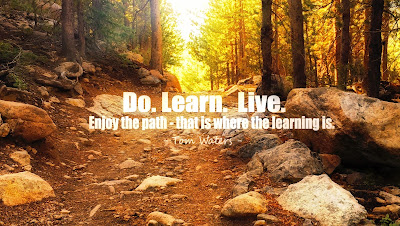What's Wrong With That?
Analyze. Higher-level thinking. Rigor. We hear it! We hear it again! Every article, training, and, yes, faculty meeting. AND YES, it is quite simple to get to. Just ask...
What's Wrong With That?
When students are given the "bad" examples, they often find it quite fun to pick it apart - to analyze. They enjoy taking the role of judge, of expert. They try to out-smart the teacher, the author, or another thinker. By asking what's wrong with that, teachers require students to think of the nuances in a concept or skill. Embedded in the question is the process of breaking something apart and comparing each part to the ideal.
For example, take the reading teacher trying to teach students the complex skill of summarizing. She very quickly gets the students to analyze when she:
- Teaches the underlying concepts: problem, solution, main events...
- Prompts students to talk about these concepts and develop understanding.
- Gives one good example, so students can refine their understandings.
- Gives bad examples.
The students automatically jump into higher level thinking. Instead of regurgitating definitions of the concepts or unsuccessfully trying to apply the skill of summarizing, they analyze a bad summary. By doing so, they become critical thinkers. They criticize - which students love to do. They also find this task less threatening than trying to create a perfect summary. It's much less risky critiquing someone else's summary, than trying to make your own live up to the teacher's expectations. This is great recipe - a prime opportunity for learning to occur.
The act of critical thinking is what we want when we say rigor. We want it not for its own sake, but because it forces our brains to process information. AND THAT IS LEARNING. The more students do it, the more they develop fluency in the underlying skills.
In the example of the students learning how to summarize, they need several bad examples over a couple of lessons, and they will unknowingly learn how to create their own good examples. Because they've analyzed so many other bad examples, they know what mistakes to avoid. Creating their own good, or correct, summary will be less daunting and more reachable.
That's the power of What's Wrong With That?




Comments
Post a Comment
What are your thoughts?